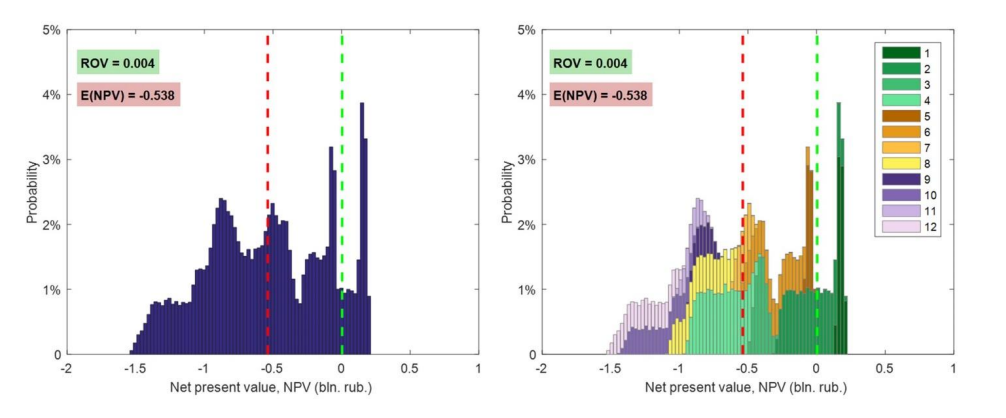The Origins of Simulation Decomposition – The First Step Toward SimDec
The first published article behind what later became SimDec. Developed during a PhD project as a practical tweak to Monte Carlo simulation, simulation decomposition introduced the idea of breaking simulated results into meaningful sub-distributions.

The Origins of Simulation Decomposition
This article marks the first appearance of what would later evolve into SimDec — although at the time, it was not yet called that. The term simdec itself appeared later, coined by one of the master’s students who adopted the idea in their own work.
The paper was written during my PhD, at a stage when I had no exposure to global sensitivity analysis and no plans to turn this into a broader research method. It began simply as a practical way to make sense of Monte Carlo simulations involving several uncertain variables. The goal was to gain clearer insight into how different assumptions shape investment outcomes — not to invent a new technique.
A new perspective on simulation results
The article, published in Fuzzy Economic Review (Vol. 21, No. 2, 2016), introduced a concept called simulation decomposition.
In conventional simulations, results are summarized as a single histogram of possible outcomes. Simulation decomposition proposed to go a step further:
to divide the simulated outcomes into sub-distributions, each corresponding to a particular combination of input variable “states.”
Instead of one aggregated picture, the method produced a structured view showing how different conditions — such as high or low production, cost overruns, or fulfillment of a technical requirement — contribute to the overall result. This decomposition allowed decision-makers to see why profitability changed under different circumstances, not just by how much.
The case study
To demonstrate the idea, the paper analyzed a 10 MW solar power plant investment. The model combined standard discounted-cash-flow simulation with a policy-based incentive mechanism.
Twelve distinct scenarios were defined based on production levels, cost conditions, and localization requirements. Each scenario generated its own profitability distribution.
The analysis revealed that while the project as a whole appeared unprofitable, specific combinations of factors led to clearly positive outcomes. Decomposing the results thus exposed the structure behind uncertainty — a finding that proved far more informative than a single histogram could be.
From a tweak to a method
At that time, simulation decomposition was not seen as a general approach, only as a useful trick for that particular model. But the clarity it provided — showing how input states link to output behavior — became the conceptual foundation for what later developed into the SimDec method.
